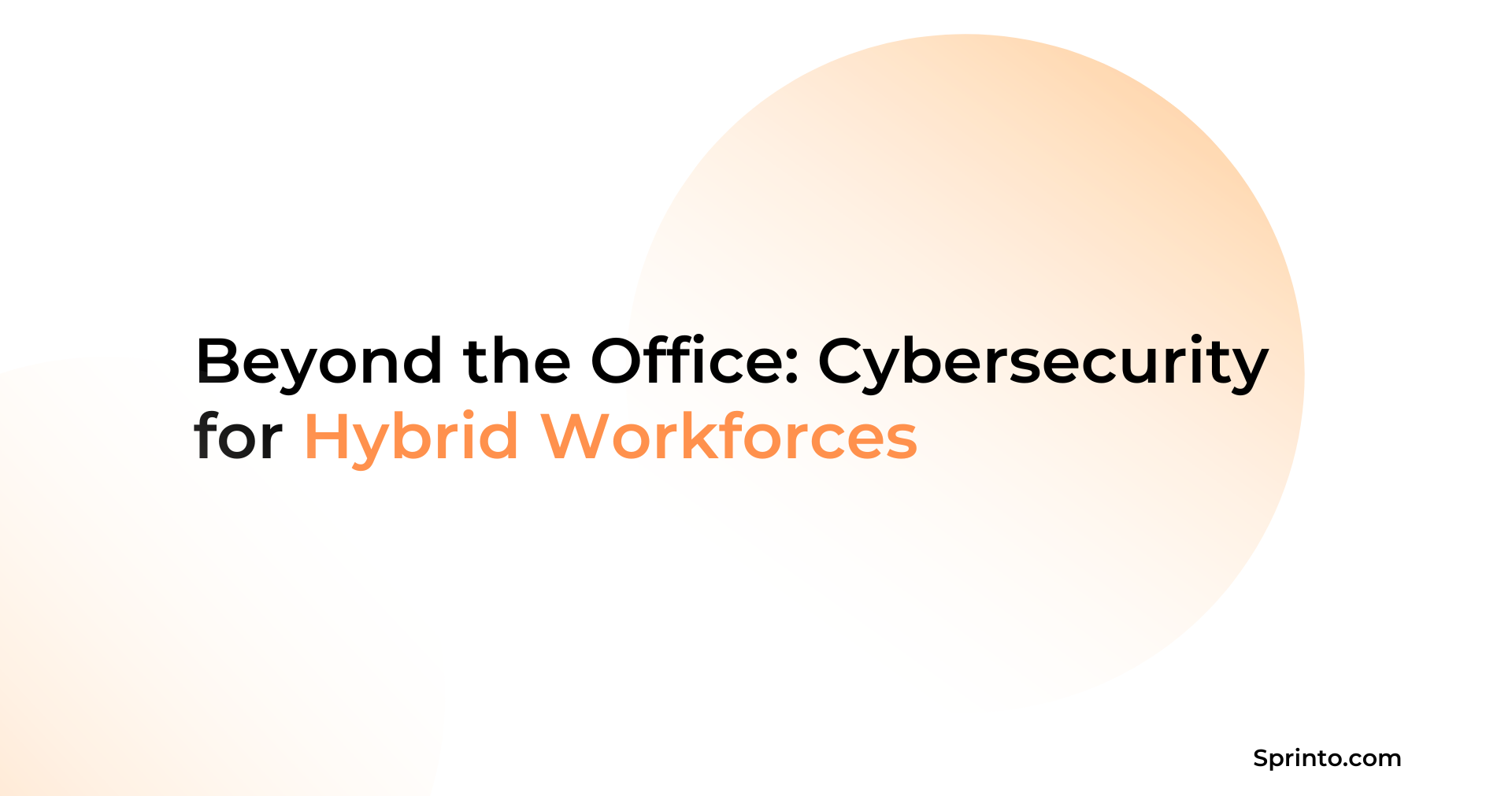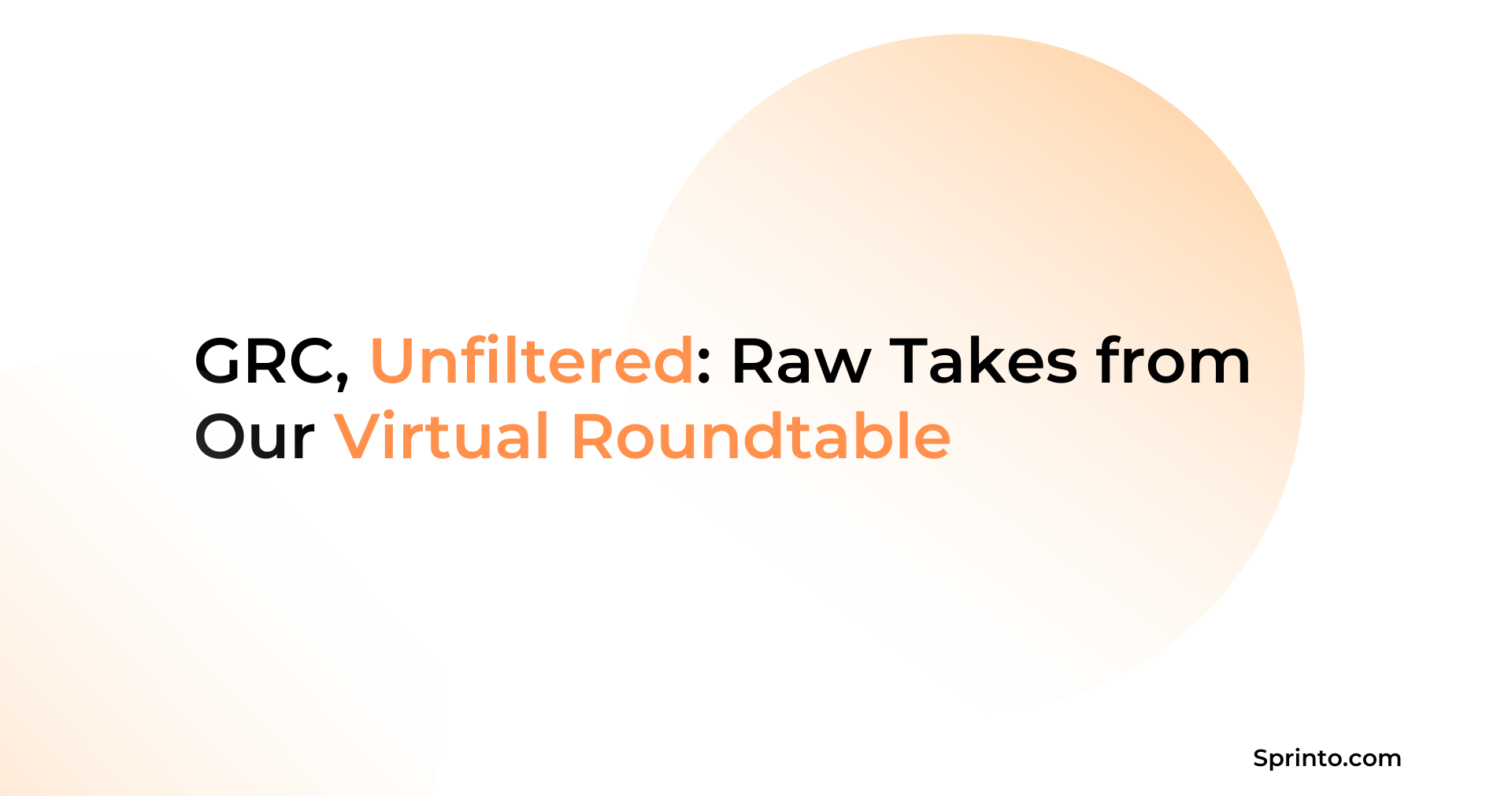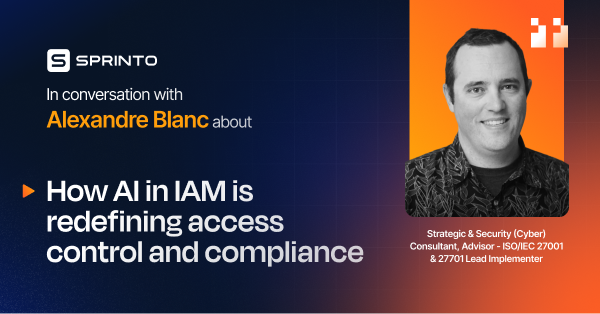HIPAA Security Rule: Key Requirements and Risk Assessment Insights
Meeba Gracy
Sep 19, 2024
If you’re in the healthcare industry, you’ve most definitely heard about HIPAA. The Health Insurance Portability and Accountability Act (HIPAA) was created to protect your personal health information from being released without your permission.
It’s important for everyone involved in dealing with or managing patient data – medical providers, pharmacies, insurance companies, and third-party administrators – to understand how HIPAA works and follow its guidelines.
In this blog post, we’ll discuss the HIPAA Security Rule, including who needs to follow it and why compliance matters.
TL, DR
- The HIPAA security rule sets standards to safeguard ePHI.
- Covered entities and business associates must implement administrative, physical and technical safeguards to protect sensitive health information
- Non-compliance with the rule can lead to severe penalties including fines and imprisonment
- Sprinto can help you get HIPAA compliant and breeze through audits with ease.
What is HIPAA security rule?
The HIPAA Security Rule is a set of standards to be implemented by covered entities that handle electronic personal health information to safeguard its confidentiality, integrity and availability.
The rule dictates how entities should implement, maintain, and monitor security measures when dealing with electronic health information—from password setting to access control procedures.
What are the HIPAA security rule requirements?
The HIPAA security rule requires covered entities to implement technical, physical, and administrative safeguards to protect ePHI from unauthorized access and maintain privacy and security.
The following are the requirements of the HIPAA Security rule:
1. Implement safeguards to protect ePHI
The HIPAA Security Rule necessitates physicians to take precautions to protect the electronically stored ePHI (Electronic Protected Health Information) by using proper physical, technical and administrative safeguards.
This includes confidentiality, integrity, and security of ePHI.
As the exchange of PHI between various organizations continues to grow, robust security standards must be in place to ensure sensitive data are kept confidential.
These Security standards play a vital role in protecting individuals’ private health information and ensuring that it is only accessed and used by covered entities such as health care providers, healthcare clearinghouses, and health plans as authorized.
How can Sprinto help?
Sprinto enables security controls implementation, continuous monitoring and automated checks to contain compliance deviations. The platform helps you gain real-time compliance health reports and take proactive action to minimize non-compliance.
2. Effective risk management
The rule advocates risk analysis with thorough assessments and implementing measures to mitigate any identified vulnerabilities.
Organizations must be proactive in their approach to protecting sensitive information, as well as responding appropriately when a breach occurs. This is effective risk mitigation.
Additionally, they must also create security policies and procedures that cover the proper use and safeguarding of e-PHI so that access by unauthorized persons is less likely.
Risk management, for example, includes:
- Maintaining a HIPAA risk management program for identifying potential threats and vulnerabilities of all IT assets that contain e-PHI
- Having procedures for regularly testing the security of systems
- Having up-to-date anti-virus software installed on computers where e-PHI is shared and stored
- Ensuring computers used for data processing or storage are physically secure
- Requiring secure methods for data transmission
How can Sprinto help?
The platform has integrated risk management to help you assess and visualize the impact of HIPAA data security risks and manage them systematically. Sprinto enables quantitative risk assessments and suggests mitigation measures to enable you to ensure a culture of diligent risk management.
Achieve HIPAA security compliance faster and smarter
What are the 3 standards of HIPAA security rule?
The HIPAA Security Rule requires organizations to protect individuals’ medical information privacy. This includes implementing three kinds of safeguards: administrative, physical, and technical.
1. Administrative safeguards
Administrative safeguards involve developing and implementing policies, procedures, and processes that ensure the confidentiality, integrity, and security of identifiable health information.
Administrative safeguards include workforce training, analysis of potential risks, management, appointing a security officer, incident response procedures, and disaster recovery plans.
For example, a healthcare business may develop policies requiring that all employees use a unique password to control access to patient information.
According to the HIPAA administrative safeguards, several standards are required to maintain compliance:
- Security management process
- Assigned security responsibility
- Information access management
- Workforce security
- Security awareness and training
- Security incident procedures
- Contingency plan
- Evaluation
- Business associate contracts and other arrangements
2. Physical safeguards
Any healthcare organization needs to consider physical access to electronic health records when evaluating and implementing standards.
This means ensuring adequate security measures at offices and extending them beyond, such as the homes of workforce members who have access to ePHI remotely.
In short, physical measures protect the physical environment in which data is stored or accessed.
This includes restricting access to areas where data is stored or maintained, controlling who has access to computer networks and terminals and controlling access to removable media such as disks or tapes.
For example, a healthcare business may install locks on all doors to sensitive areas where patient data is stored or maintained.
You should thoughtfully consider the questions mentioned below procedures are viable:
- Are your procedures prepared to provide access when needed?
- Can they be implemented effectively by the relevant personnel?
- Finally, do the processes index which workers will be responsible for restoring the data?
3. Technical safeguards
Technical safeguards ensure the security of electronic health data. These include access control measures such as password protection, encryption, and audit trails; authentication procedures; data integrity protections; system activity monitoring; and contingency plans for maintaining operations after a system failure or attack.
For example, a healthcare business may use technical security measures such as encryption technology to protect patient data stored on its computer system.
How Sprinto can be an enabler in this journey:
Sprinto can help you automate HIPAA security compliance with ease. The platform provides HIPAA policy templates, BA policies, HIPAA training modules, tools support for incident management, integrated risk management, and audit support to help you get HIPAA ready in weeks instead of months.
Read Neurosynaptic’s compliance automation story for HIPAA certification.
Must checkout: HIPAA compliance checklist
What happens if any organization fails to follow HIPAA security rule
Any organization failing to follow the HIPAA stringent security measures may face heavy penalties. The penalties range from $100 to $50000 per violation with a maximum of $1.5 million annually. Similarly, if a company lacks knowledge of the rule violated but still violates HIPAA in some way, it can face up to 12 months’ imprisonment as a criminal pentalty.
If there was intentional deception involved in accessing protected health information, imprisonment for up to 5 years might be incurred.
And if malicious intent was present, imprisonment of up to 10 years could result. Decisions should always be taken seriously when it comes to following HIPAA regulations; the repercussions could be much worse than anyone would anticipate.
1. Civil Penalties
Civil penalties for violating HIPAA can be severe and come in different forms, depending on whether the violating party acted with negligence, recklessness, or intent.
To discourage noncompliance with HIPAA standards, individuals and entities found responsible for violations can face financial penalties of decreasing levels; under negligence, the penalty is at its highest level, and no penalty applies if found not to be at fault.
- Reasonable Cause
When there is a workplace environment violation, reasonable cause can be considered regarding penalties. This happens when the individual may not have been aware of the regulation or has neglected it for unintentional causes.
Depending on the serious violation, the fines can range from USD$1,000 for first-time offenses to up to USD$50,000 for repeated violations. Reasonable cause is widely used as a mitigating factor as employers and employees alike don’t always realize regulations that are in place.
For example, recent small business owners may be oblivious to certain restrictions that could cost them dearly if unaware of such a law.
2. Ignorance
In the real world, ignorance doesn’t mean innocence. Many of us have made simple mistakes or overlooked important details in our ignorance, only to find out too late that there can be consequences for seemingly small infractions.
You may have engaged in a perfectly normal activity only to be informed that you have committed a violation. Suddenly you find yourself with a hefty price tag attached, having to pay up to USD$50 000 if this isn’t your first-time offense.
If this is your first violation, you might have to pay a fine of up to USD$100. However, if you are a repeat offender, the penalty may be as high as USD$50,000.
3. Willful Neglect
Willful neglect is a serious violation of the rules and has grave consequences. If a violation is not corrected within 30 days, a substantial amount must be paid in fines—up to USD$50,000 for an uncorrected violation.
For those able to enact corrections during the 30 days, fines can range from USD$10,000 to USD$50,000 depending on how quickly action was taken. It is important to be aware of this potential consequence and take all necessary steps to prevent it within the designated time frame.
4. Sanctions
Staying compliant with HIPAA rules is no joke; if an organization is found wrong, it could face both civil and criminal consequences. But that’s not all: your business might even have to deal with sanctions.
If an employee is responsible for violating the law, disciplinary actions must be taken, potentially including termination of the contract and a severance package.
The cost of non-compliance is often too high to consider: employee terminations, fines, and costly turnover threaten your organization’s bottom line.
This can be especially challenging for smaller operations with few resources, who suddenly find themselves in a situation where their only choice is to either pay up or take the hit and restructure.
You can avoid non-compliance and penalties with Sprinto’s automated workflows and activated checks. Implement the right security controls and automatically collect evidence for a successful compliance audit. Talk to an expert today to launch an out-of-the-box HIPAA program.
Also check out: A detailed list of HIPAA requirements
Find out how Sprinto helps business associates get HIPAA-compliant
HIPAA regulations can be difficult to understand, so doing business in compliance with them takes an effort to maintain.
Fortunately, Sprinto can help business associates keep up with the ever-changing regulations without feeling overwhelmed.
It automates the compliance journey and simplifies each requirement into manageable steps. Additionally, editable policy templates, updated employee training modules, and a dashboard showing compliance status allow for complete confidence in staying HIPAA-compliant.
Talk to a compliance expert today and launch a solid HIPAA compliance program.
FAQs
Who is responsible for security under HIPAA?
The Department of Health and Human Services (HHS) has made it a priority to protect patients’ privacy through the HIPAA. Under HIPAA, HHS’ Office for Civil Rights implements and enforces the Privacy and Security Rules to ensure that personal health information remains secure.
What is the main purpose of the HIPAA Security Rule?
The Security Rule’s purpose is to ensure that every applicable organization and entity has established measures to guarantee the secrecy, accuracy, and accessibility of electronic health information. By abiding by this rule, you are protecting your data and those who depend on it.
Who must comply with HIPAA Security Rule?
The Security Rule applies to any health-related organization that transmits electronic information associated with a HIPAA-regulated transaction. Health plans, providers, and clearinghouses are all classified as “covered entities,” while their business associates must abide by these same regulations.


Use Sprinto to centralize security compliance management – so nothing
gets in the way of your moving up and winning big.


![HIPAA Certification Cost [Updated 2024 + Free Checklist]](https://sprinto.com/wp-content/uploads/2024/04/HIPAA-Certification-Cost-Updated-2024-Free-Checklist-1024x675.jpg)






















